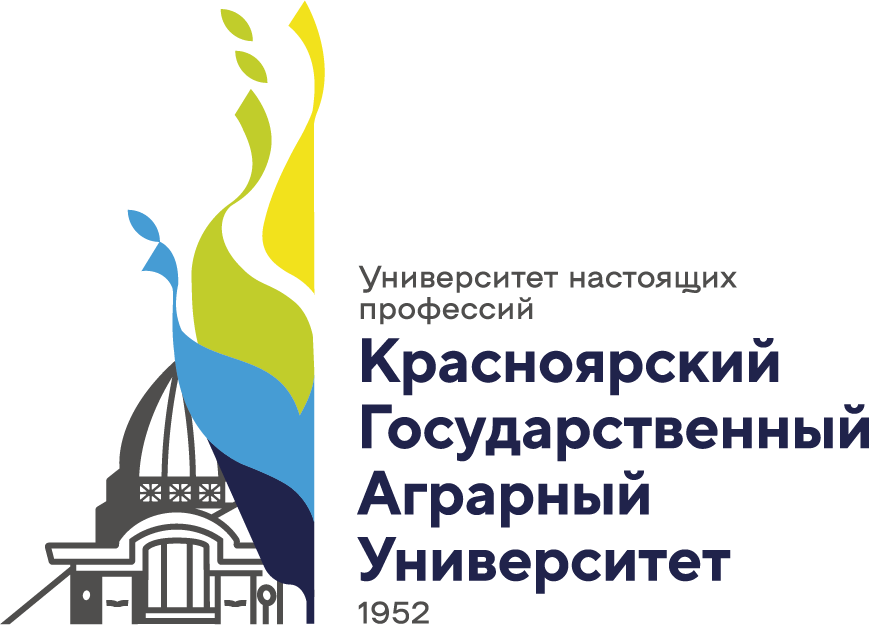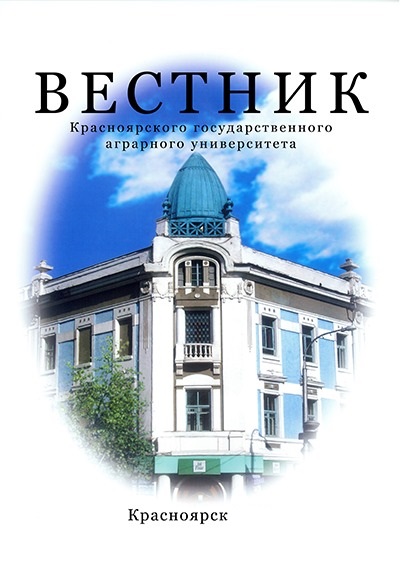The research objective was comparative analy- sis of regulated indicators of safety of meat and fish production. The research problems were to define microbiological and physical and chemical indica- tors of safety of meat and fish production, to ana- lyse the contribution of these indicators to the as- sessment of the volume of revealed discrepancies. The researches of the samples of meat and fish production from distribution network of the Central region of the Russian Federation on compliance to safety requirements of technical regulations of TR TS 021/2011 “On food safety”, TR TS 029/2012 “Safety requirements for food additives, flavors and technological aids”. The results of monitoring of meat and fish production on the definition of indica- tors of industrial sterility, opportunistic and patho- genic microorganisms did not reveal prevysheniye of the regulated norms. There were no damage activators in meat production. However, violations in the indicators of CMAFANM and BGKP were found, fish production - 65 and 38 % respectively was subject to most of all microbe impurity. Theseindicators can indirectly testify to the violations in sanitary and hygienic and technological conditions by production and realization of this product. Meat and fish production was tested regarding the pres- ence of a wide range of chemical pollutants, such as heavy metals, residual quantities of antibiotics and pesticides, nitrogenous connections, prevysheniye was not revealed (except for one test of salted fat pork). This fact confirms the safety of initial raw materials on studied indicators. However, non-compliance with technological norms of pro- duction was confirmed on the basis of tests with the overestimated concentration of benzole and sorbic acids in meat and fish production (from 16 to 22 %), but not in poultry products.
safety indicators, meat and fish pro- duction, monitoring, control methods
1. Kononiuk A. D., Karwowska M. Meat and meat products - analysis of the most common threats in the years 2011-2015 in rapid alert system for food and feed (rasff) // RoczPanstwZaklHig. - 2017. - Vol. 68. - № 3. - P. 289-296
2. Heck J.M.L., van Valenberg H.J.F., Dijkstra J. et al. Seasonal variation in the Dutch bovine raw milk composition // J. Dairy Sci.- 2009. - Vol. 92. - P. 4745-4755
3. Samoylov A.V., Kolpakov E.Yu., Suraeva N.M. i dr.Sezonnye izmeneniya zhirnokislotnogo sostava korov'ego moloka // Vestn. KrasGAU. - 2017. - № 9. - S. 35-40.
4. Bogdanova O.G. Sostoyanie i osnovnye aspekty obespecheniya kachestva i bezopasnosti pischevyh produktov v respublike Buryatiya // Vestn. Buryat. gos. un-ta. - 2013. - № 12. - S. 85-89.
5. Hvylya S.I., Burlakova S.S., Pchelkina V.A. Monitoring sostava otechestvennyh myasnyh produktov. // Myasnye tehnologii. - 2009. - № 3. - S. 18-21
6. Chuprakova A.M., Rebezov M.B. Analiz re- zul'tatov monitoringa prob myasnyh i ryb- nyh produktov na soderzhanie tyazhelyh me- tallov // Vestn. YuUrGU. Ser. Ekonomika i menedzhment. - 2015. - T. 9, № 2. - S. 194- 201
7. Alieva A.K., Dmitrichenko M.I., Pelenko V.V. Mikrobiologicheskaya bezopasnost' i kontrol' kachestva produktov pticevodstva realizuemyh v torgovyh setyah Sankt-Peterburga i Leningradskoy oblasti // Vestn. VGUIT. - 2017 - T. 79, № 1. - S. 290-296.
8. Wang J., Chow W., Chang J. [et al.]. Ultrahigh performance liquid chromatography electrospray ionization Q-Orbitrap mass spectrom- etry for the analysis of 451 pesticide residues in fruits and vegetables: method development and validation // J. Agric. Food Chem. - 2014. - V. 62. - № 42.- P. 10375 - 10391.
9. Abramova L.S., Kopylenko L.R. Problemy kachestva i bezopasnosti ikry lososevyh ryb // Rybprom: tehnologii i oborudovanie dlya pererabotki vodnyh bioresursov. - 2009. - № 1. - S. 4-5
10. Hrupalo M.A., Rachkova V.P., Suraeva N.M. et al. Kontrol' soderzhaniya fosfatov v myasnoy produkcii // Kontrol' kachestva produkcii. - 2018. - № 10. - S. 42-44










